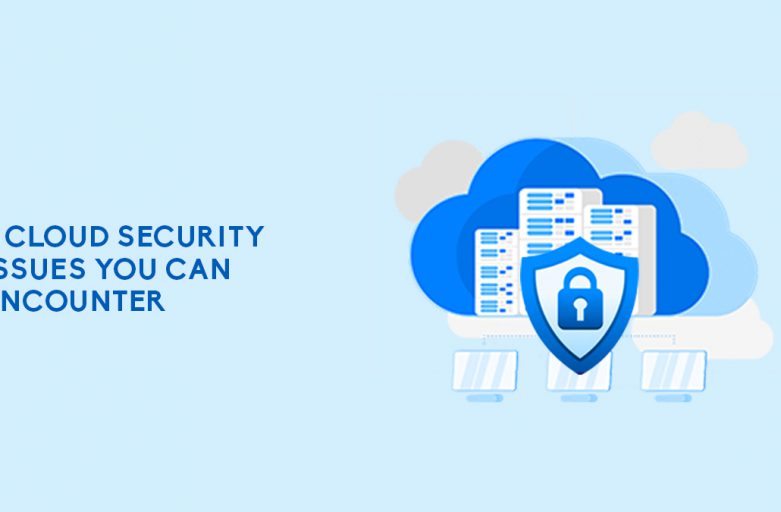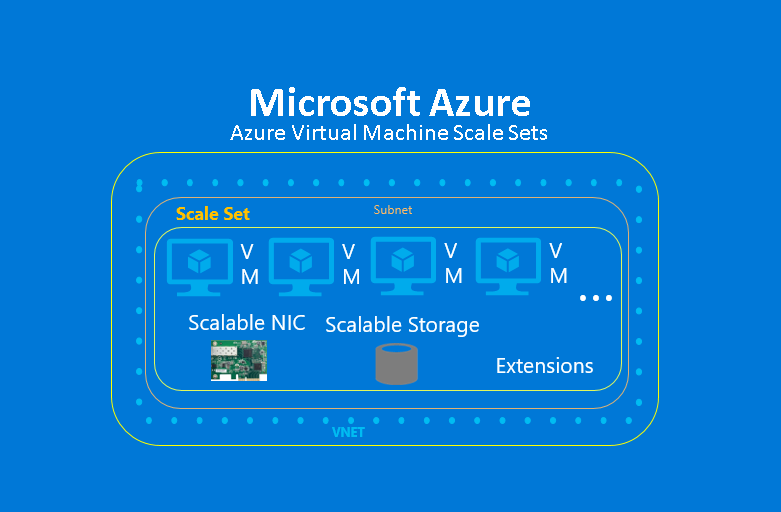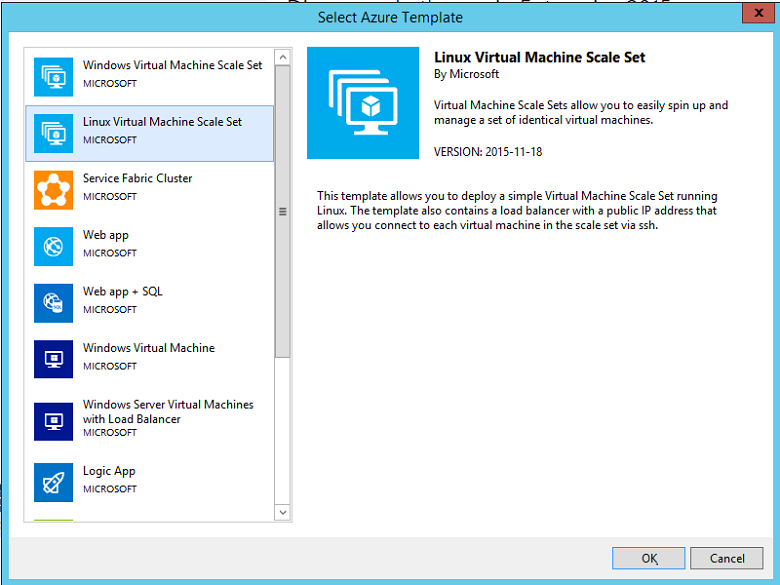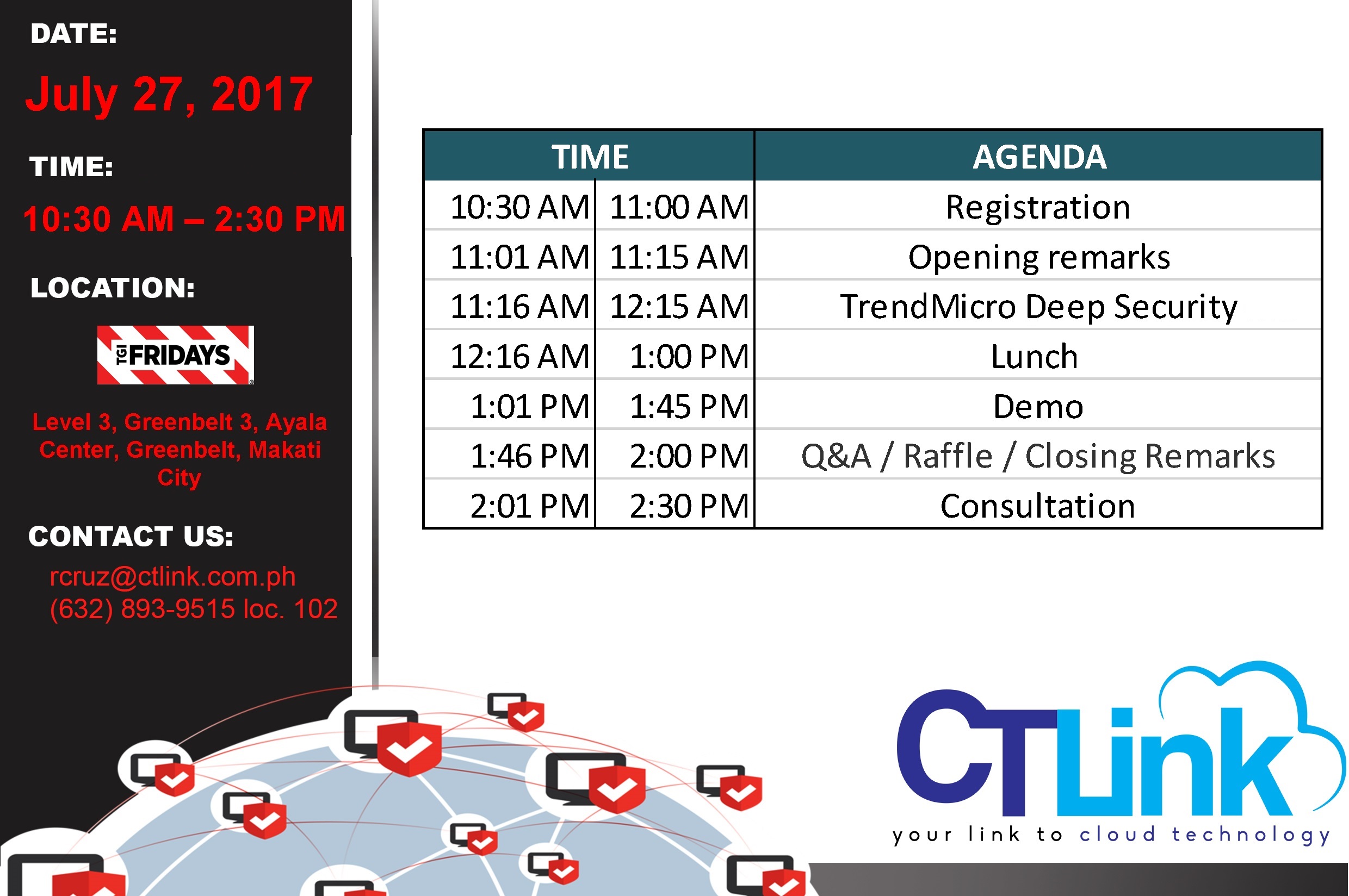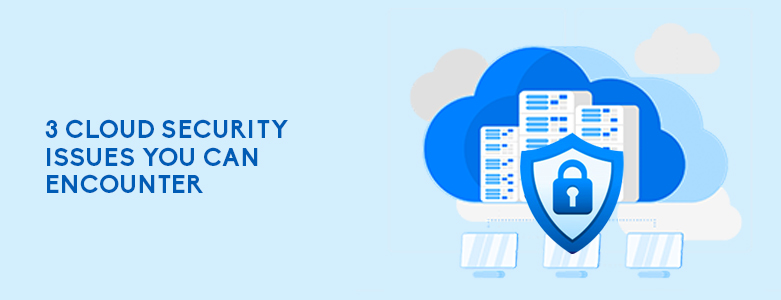
What are some cloud security issues you can encounter?
- Misconfiguration of settings
- Endpoint user error
- Cyber threats
Due to the flexibility, scalability, and mobility that cloud platforms give, numerous companies are migrating their workloads from on-premises data centers. Cloud providers invest a huge amount of money in research and development to implement better security than what a business can do on its own. But if your organization is migrating to the cloud for the first time, there might be some cloud security issues you might encounter. Read on to learn more.
Misconfiguration Of Settings
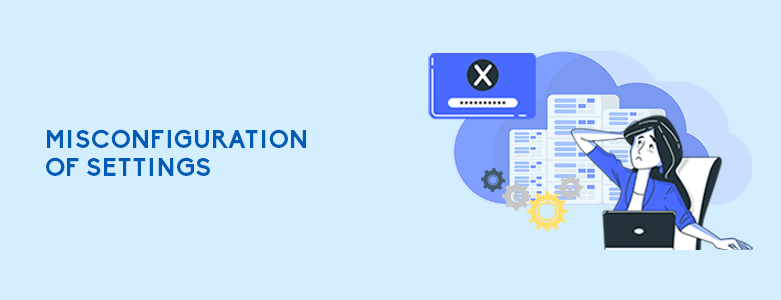
The most common cause of cloud data breaches is misconfiguration of the security settings on the user’s part. No matter how secure the cloud platform is, the risk of cyber attacks will be there if it is not utilized correctly.
If your cloud security settings are not configured properly, you’re exposing data to the internet without the use of sophisticated techniques and tools. Any stored information like email addresses or sensitive information may potentially be used for social engineering cyber attacks. In the worst case, your important applications can also be modified or deleted. But fortunately, this security issue is preventable as long as you take the time and effort to secure the platform.
For example, one of the common mistakes for first-time users is using weak passwords. These can easily be guessed or stolen by attackers. To prevent sensitive information from leaking, you might want to take a zero-trust approach to cloud security by using best cybersecurity practices. This means that you will treat all access requests, even ones coming from your employees, as malicious.
Your organization can set up multi-factor authentication processes to put an extra layer of security. Aside from a username and a password, people who need to access your data need to provide other factors to prove their identity.
Other than that, they can also use Trend Micro Cloud One, which continuously monitors and alerts you for misconfigurations so you can remove vulnerabilities and have a better-secured cloud platform.
Endpoint User Error
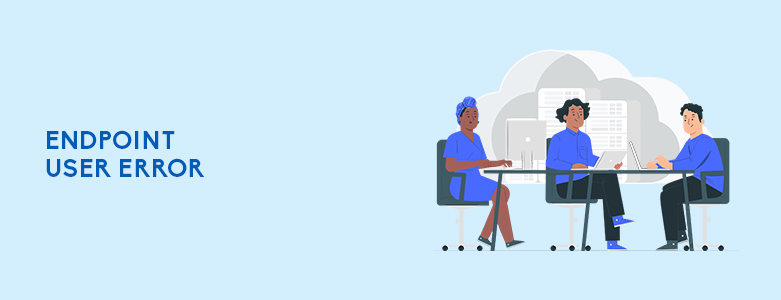
Your staff might make careless mistakes because they don’t have the training on how to protect company information. This can put your data or systems at risk. For example, if you’re implementing Bring-Your-Own-Device policies so your employees can use their own gadgets for work, there might be some security risks you need to know.
With BYOD, your employees can use their computers to do tasks related to business. But at the same time, they can also access URLs or use applications for personal use. Aside from these, some employees may also skip software and device updates because they can take too long to install. This can increase the chances of introducing malware to their device, leading to breaches and loss of data.
Aside from staff training, you need to use the right IT tools to protect your company data from vulnerabilities. For example, Citrix has the Endpoint Management solution which allows you to protect corporate data regardless of where it is accessed. It also provides automatic updates so your workers will have access to new features and bugs will be fixed promptly. Citrix also offers a URL filtering feature so you can restrict and allow access to specific web pages.
Cyberthreats
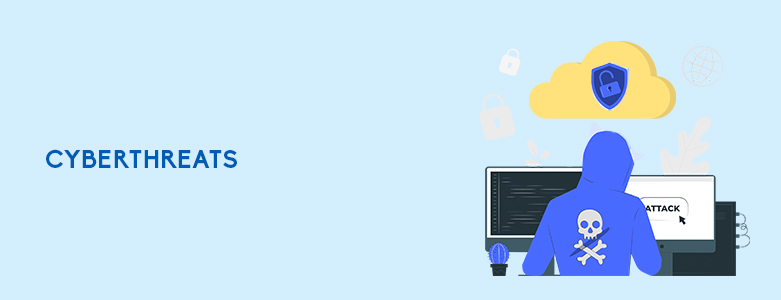
Concerning endpoint user error, untrained employees are also more vulnerable to social engineering attacks that can put your cloud data at risk and affect your ability to perform business processes. Some examples include phishing and a DDoS attack, which are threats that could also occur not just on the cloud but also on-premise. The advantage of using a public cloud is you will have access to resources that could prevent these problems—which can be expensive when implemented on-premise.
One of the ways you can lose data is through phishing attacks. A hacker will create fake emails and websites to get your employees to click on malicious links, or solicit sensitive company information. Fortunately, you can prevent this problem with Trend Micro’s Email Security Solution. This software examines the authenticity of the email sender and analyzes email content to protect against phishing attacks.
Another security concern that an organization can face when moving to a cloud is a Distributed Denial Of Service (DDoS) attack. This occurs when an attacker overloads or exhausts an application’s resources, making it unavailable to users. This can cause downtime for your business, lead to productivity losses, and make your data more vulnerable to hackers.
Solutions like Microsoft Azure offer infrastructure DDoS protection to their users. It has a traffic monitoring feature to look for indicators of an attack 24/7 and mitigate it if it happens. You will also get detailed reports and summaries after the attack to help your team analyze the incident.
Key Takeaway
If your organization is migrating to the cloud for the first time, there might be some cloud security issues you might encounter. But with the right security solutions, you can prevent these problems.
Make sure that your IT team configures the settings properly to maximize the security features your cloud provider offers. To improve access control, you can also implement a zero-trust approach to security and multi-factor authentication. Other than that, staff training is also a must.
If you need help choosing the right cloud solutions for your organization, you can contact CT Link!

